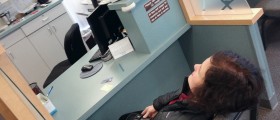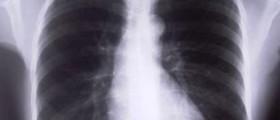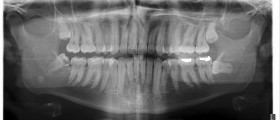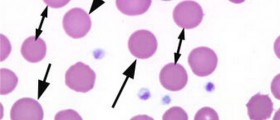
Kidney Cyst
This condition known also as renal cyst, is a problem that creates pouches or sacks located on the kidney. They have a function of retaining semisolid material and liquid and they are generally small in size, but sometimes they can grow bigger. In certain cases their size is so small that they can only be visible under a microscope. The most common cause for their creation is tubular obstruction, but they can also be created during birth.
There are several types of kidney cysts possible. They can be divided in no-inherited type, which has one type, and polycystic, which has two types. The two polycystic are autosomal recessive PKD and autosomal dominant PKD, while the ACKD or acquired cystic kidney disease is a non-inherited type. The autosomal dominant polycystic type is the most common type and occurs in almost 90% of all cases. This inherited type has the name autosomal dominant because it is usually passed on from one parent. The chances are 50:50 that the child will receive the condition from the parent.
Other inherited type, the autosomal recessive polycystic type is rare and it can occur in children with parents who do not have this problem. The disease will be created if the child gets both recessive genes, which both parents need to have. They will both give one each, and the child will only then develop this type of kidney cyst.
The type that is non-inherited, the acquired cystic type, is common among those with long-term dialysis, those with kidney failure and kidney problems in general. It commonly occurs in older generations. The kidney cysts are commonly benign if they are not cancers. Older people usually have them and they are quite common in advanced age. People over fifty are most affected and every fourth person in this age suffers from kidney cyst. Some people are oblivious to the presence of the cysts, since they do not create some serious problems.
Symptoms of Kidney Cyst
We have said that people do not even realize they have a problem. This is because the symptoms are rare or sometimes they are nonexistent. If the cyst grows in size and becomes large, problems are possible. They are urine with blood and abdominal or back pain. In some cases fever, painful urination, and infections can happen.
Treatment
If the problem needs to be treated, antibiotics are used. They will also eliminate the infection if it is present. If the danger is great, decompression or collapse of the large kidney cysts can be done by the doctor, and he will use a needle to enter the cysts. The pain experienced during this procedure is minimal because the anesthetic is used. In very serious cases the whole kidney will have to be removed. Only if this is done, a patient can resume a normal life, without one kidney.

















Your thoughts on this
Loading...